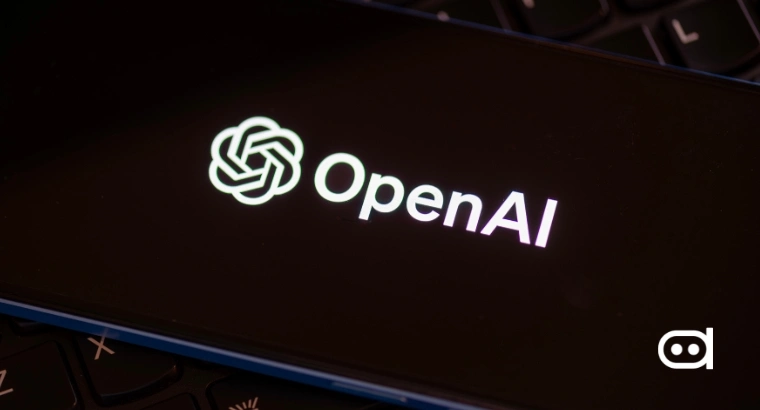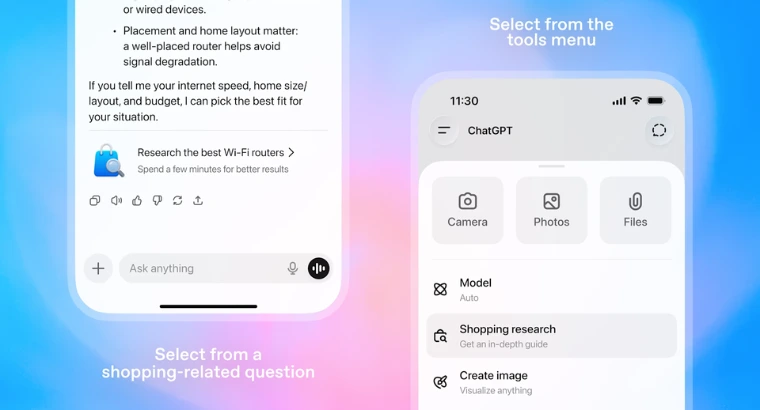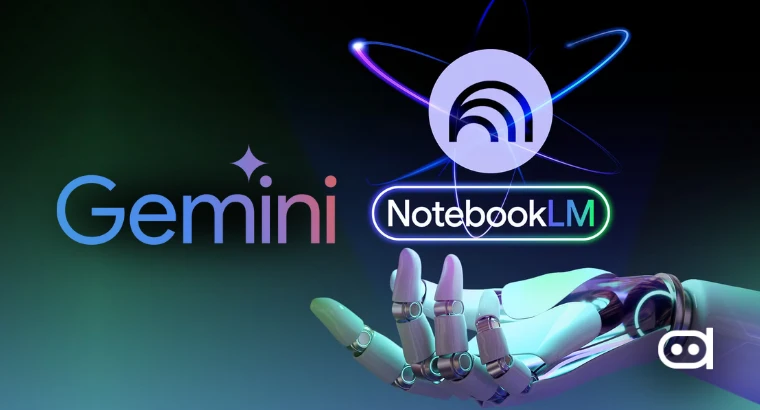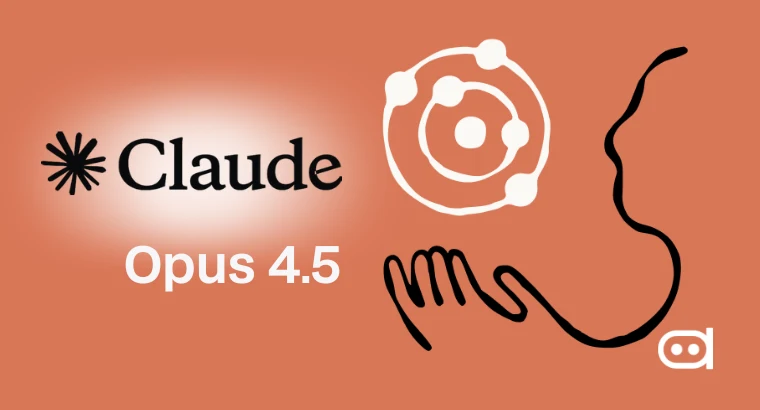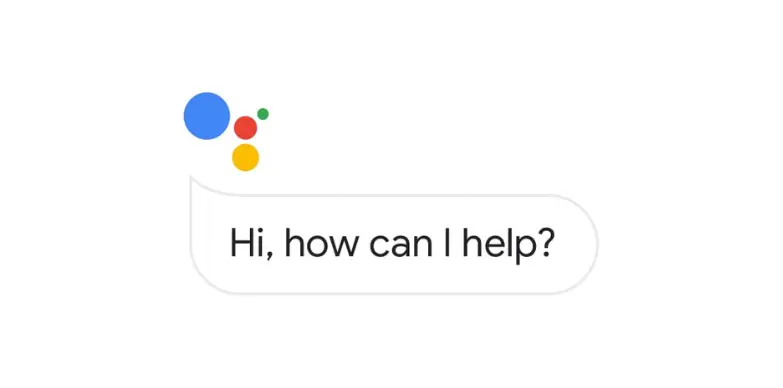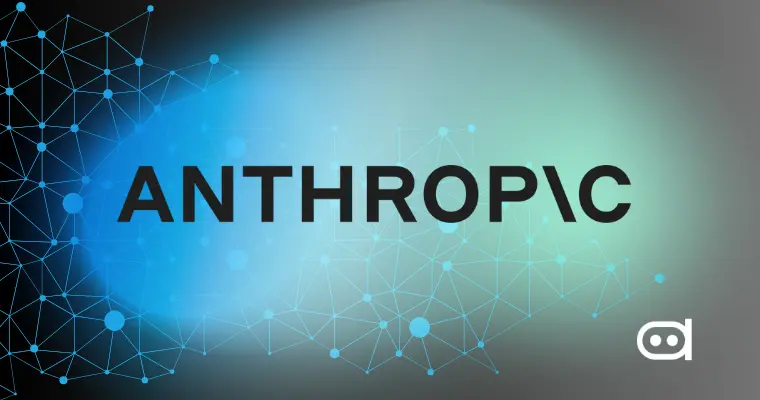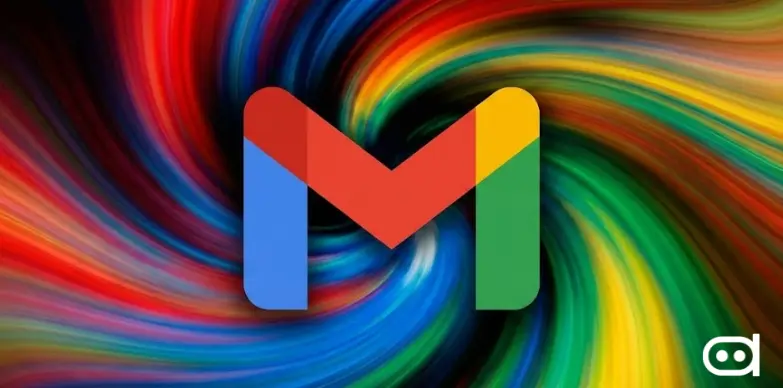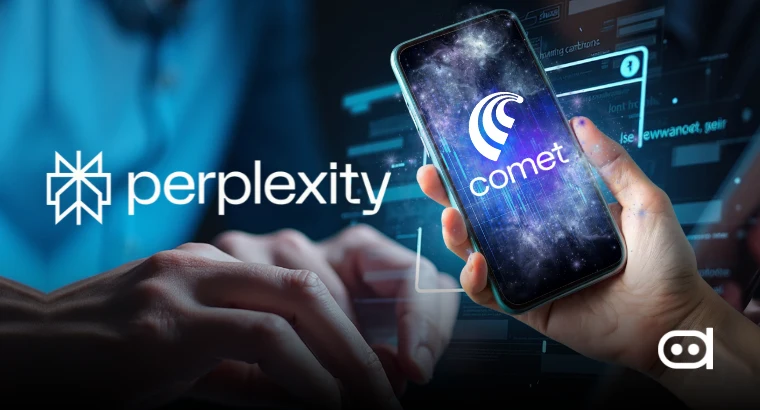
Key Highlights
- OpenAI rolls back GPT-5 changes and reinstates GPT-4o after facing intense criticism
- GPT-5 gets a higher rate limit with 3,000 messages per week, along with legacy model access
- Sam Altman promises “warmer” AI personality tweaks after backlash over robotic tone
After an unexpected rollout of ChatGPT and heavy backlash from the community, OpenAI CEO Sam Altman has finally addressed an issue, saying, “We are working on an update to GPT-5’s personality.”
Updates to ChatGPT:
You can now choose between “Auto”, “Fast”, and “Thinking” for GPT-5. Most users will want Auto, but the additional control will be useful for some people.
Rate limits are now 3,000 messages/week with GPT-5 Thinking, and then extra capacity on GPT-5 Thinking…
— Sam Altman (@sama) August 13, 2025
In the post on X (formerly Twitter), Sam affirmed that GPT-5 should “feel warmer than the current personality but not as annoying (to most users) as GPT-4o.”
What went Wrong with GPT-5
The most-awaited launch of OpenAI’s GPT-5 turned into a PR nightmare as users and developers slammed the AI for falling short of expectations.
Touted by CEO Sam Altman as a revolutionary “PhD-level” upgrade, the new model instead left many scratching their heads. Early users quickly noticed numerous major issues, including that responses were shorter, duller, and surprisingly error-prone, with even simple math and spelling mistakes creeping in.
Not just issues, but the entire AI’s once-distinctive personality now seemed stripped away with the launch of GPT-5. It is replaced by what users described as a “soulless corporate tone.” For a tool hyped as smarter and sharper, the reality felt like the opposite.
Adding to this, OpenAI’s major decision to pull older models like GPT-4o and 4.5 from active use blindsided writers, role-players, and coders who relied on them. Overnight, workflows were disrupted, which forced many GPT users to search for alternatives.
However, there is no specific timeline on how long GPT-4o will be around.
“We want to be sure that we’ve really understood where 4o shines, and if there isn’t a major reason to deprecate it, I’d love to keep it around. So we’ll communicate if we ever have a date where we want to retire it. That’s a clear learning from this, but for now, I just really want to focus on actually understanding whether it’s that people are very particular about 4o for 4o’s sake, or whether there are certain things about 4o,” OpenAI’s head of product, Nick Turley, said in an interview.
Users with a premium subscription got another slap in the face with harsh new usage limits, which allow just 80 messages every 3 hours for Plus members and a meagre 200 weekly for GPT-5’s “Thinking” mode.
Some users reported being locked out entirely when they hit these caps, turning what should have been a premium experience into a game of rationed access.
To make matters worse, the model-switching feature, which was supposed to optimize performance, kept misfiring, sending queries to weaker sub-models instead of the full-powered GPT-5.
This makes it an AI model that often seemed slower and less capable than its previous models.
Its security issues have also added fuel to the fire, sparking a new controversy. According to the report, some ethical hackers from SPLX and NeuralTrust easily bypassed GPT-5’s safeguards measures. This test has exposed loopholes that raised concerns about its readiness for public release.
In no time, the backlash spread across various social media platforms, with Reddit threads like “GPT-5 is horrible” collecting thousands of upvotes. Subscribers canceled in droves, while developers vented about inconsistent coding support.
Even Altman admitted the rollout was “bumpy,” hastily doubling rate limits to 400 messages a week and bringing back GPT-4o for Plus users. But for many, the damage was done. Some are already jumping ship to rivals like Claude or DeepSeek, signalling a growing rift between OpenAI’s vision and what its users actually want—reliability, flexibility, and a product that lives up to the hype.
OpenAI Rolls Back Changes After GPT-5 Backlash
After observing intense user criticism, OpenAI has walked back several controversial changes that came with GPT-5. He reinstated older models and added new controls to address complaints about performance, personality, and accessibility.
“You can now choose between “Auto”, “Fast”, and “Thinking” for GPT-5. Most users will want Auto, but the additional control will be useful for some people,” Sam Altman said.
In another major change, Sam has increased the higher rate limits. GPT-5 Thinking now allows 3,000 messages per week, along with overflow capacity shifting to GPT-5 Thinking mini. The context window remains at 196,000 tokens. “We may have to update rate limits over time depending on usage,” he said.
Furthermore, GPT-4o is back by default for paid users, alongside a “Show additional models” toggle to access older versions like o3 and 4.1.

